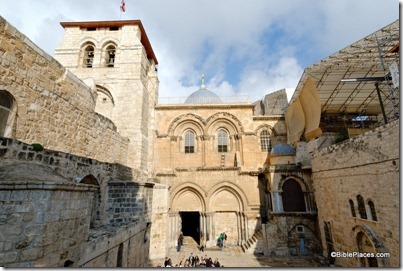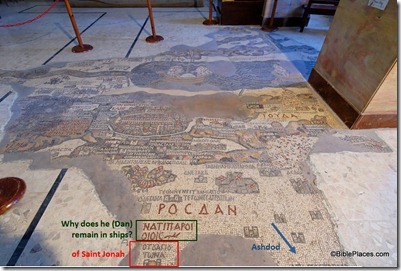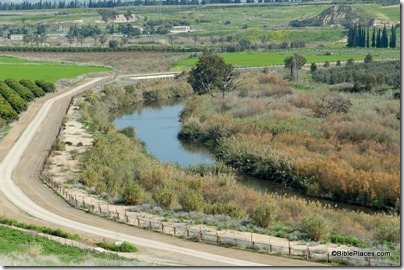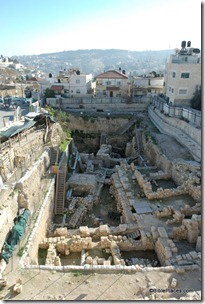An official government organization, the Jerusalem Development Authority, sent out their “Monthly Jerusalem Newsletter” today with these “Facts about Jerusalem.”
- King David made Jerusalem the capital of Israel 3,000 years ago.
- The Western Wall in the Old City is the last remaining wall of the ancient Second Jewish Temple which was destroyed by the Romans in 70CE.
- For Christians, Jerusalem is the place where Jesus lived, preached, died, and was resurrected.
- According to Islam, the prophet Muhammad was miraculously transported from Mecca to Jerusalem, and then ascended to Heaven.
- Mishkenot Sha’ananim is the first area of habitation in Jerusalem outside the Old City walls. It’s building began in 1860.
- Jerusalem today has over 10,000 hotel rooms with another 10,000 planned in the coming years.
- The most visited site in Israel is in Jerusalem. It is the Church of the Holy Sepulcher, the traditional site of Jesus’ crucifixion.
See any problems?
Church of the Holy Sepulcher






